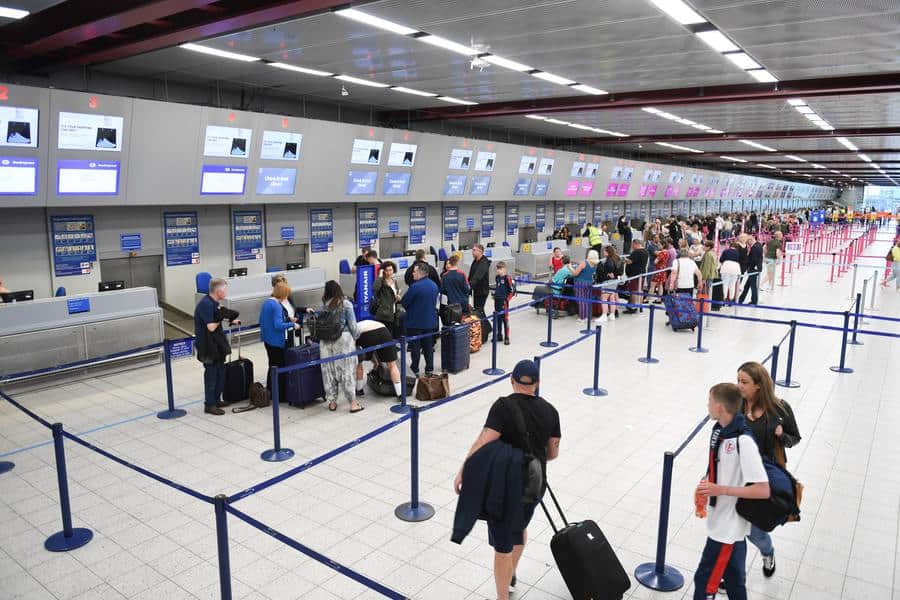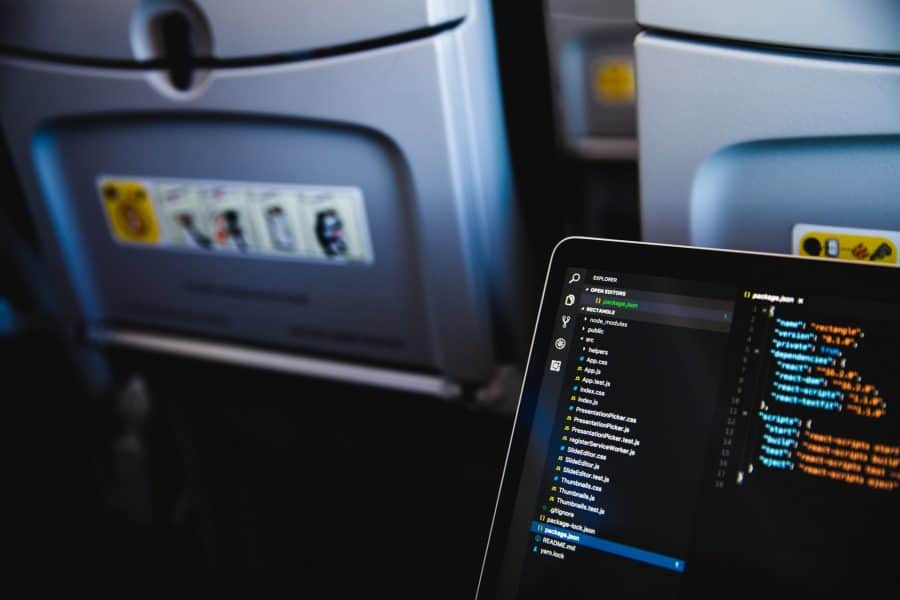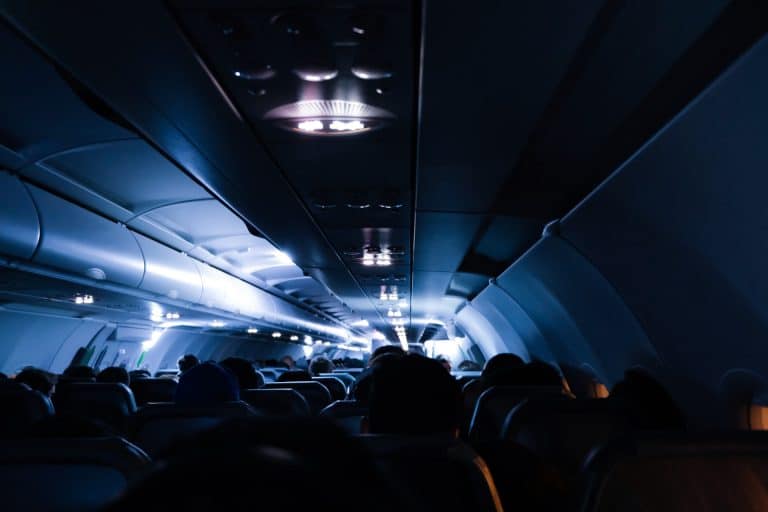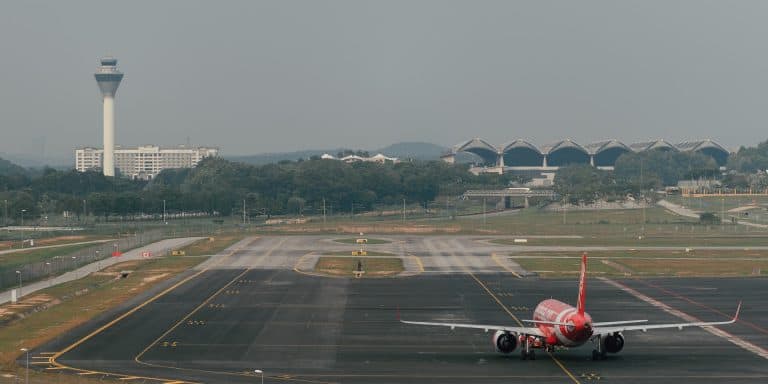Why Do Airlines and Airports Use 24-Hour Time?
The culprit of many missed flight connections: distinguishing between 12-hour and 24-hour clocks. While most airlines and airports operate on 24-hour time, they may print passenger tickets differently depending where they are based.
Did you know that more than 90% of countries around the world use 24-hour time? Those who prefer the 12-hour time are geographically dispersed from Central America to North Africa to New Zealand and back West to the United States. Even so, these countries often use 24-hour time for around-the-clock services like the military.
Airlines like Virgin Atlantic tend to print boarding passes using the 12-hour clock, while European airlines opt for the 24-hour clock instead. This is the cause for confusion for many passengers, so let?s dive into the rationale behind these decisions and give you the tools to read your next boarding pass with confidence!
The reason for 24-hour time in airports
The flights and activity within airports are active throughout the day, with arrivals and departures flowing in and out of its gates. In an operation of this nature, the use of 24-hour time helps to alleviate confusion for air traffic controllers, pilots and ground staff to ensure equal understanding of the time schedule for each, unique flight. If a flight is arriving at 18:00, then it eliminates the confusion or need to clarify whether it is 6:00 am or 6:00 pm. Each individual reading the time schedule is inherently aware that it is 18:00 (the equivalent of 6:00 pm).
In addition, the widespread use of 24-hour time around the world allows for simplified communication among staff from various airlines, airports and international agencies. A clock is an important asset in the aviation community and 24-hour time streamlines understanding for those who operate within it.
Reading an international boarding pass
So, the rationale behind why an airport or airline operates on 24-hour time is clear, but how exactly does that translate to you as the passenger? During your travels, you will likely encounter clocks and time schedules throughout the airport, most notably on your boarding pass.
The main components of your boarding pass will include the boarding time, the departure time and, finally, the arrival time. All three of these will be presented in local time, meaning the time at the airport where each of the activities take place. The boarding time and departure time will be in the time zone of your current airport and the arrival time will be in the time zone of your destination airport.
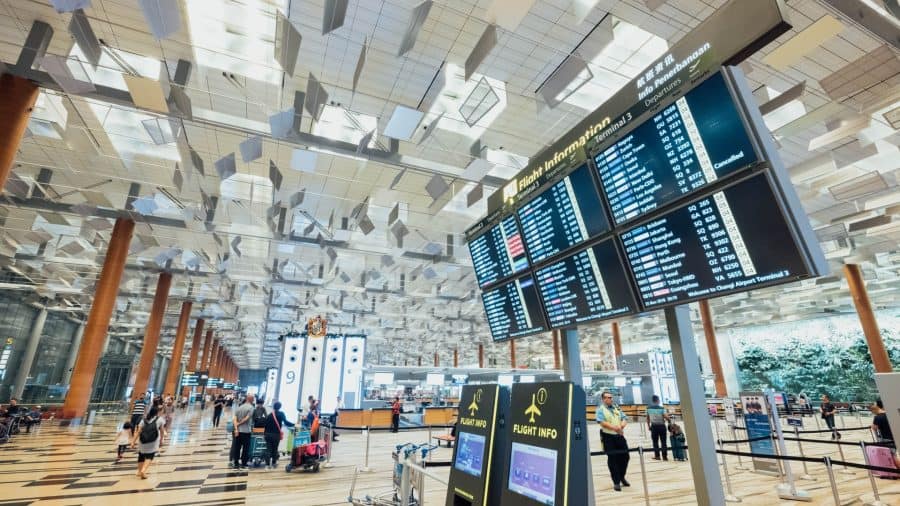
Your boarding pass may include a pesky +1 notation and sometimes even a +2. If you?re traveling overnight or across the globe, then these notations indicate that the arrival will be the next day (+1) or two days on from when you took off (+2). An example of this would be an overnight flight from New York to London, where arrival is scheduled for early morning the next day (+1) or a flight from California to Egypt (+2). Occasionally, you may see a -1 notation for flights from the far East to the West Coast of the United States (Tokyo to Los Angeles, for example). In this case, the flight will land on the previous day (local time in LA) compared to when it took off (local time in Tokyo).
For international flights, the majority of boarding passes will be written in 24-hour time. Read on for some tips to convert to 12-hour time if that is your preference.
Tips to convert 24-hour time
For those who prefer to operate in 12-hour time, the clocks and schedules in the airport may be overwhelming to digest to ensure that you arrive at your gate on time. The biggest differentiator between 12-hour and 24-hour time is that 12-hour time notates whether it is AM or PM, while 24-hour time eliminates the need for this reference. In an airport, 24-hour time is especially helpful because it is often difficult for travelers to distinguish between morning (AM) and evening (PM) as they cross many time zones in their travels.
On a 24-hour clock, all times from 00:00-11:59 are the morning hours and all times from 12:00-23:59 are the afternoon/evening hours. Since the morning hours fall between 0-12, the only times that require conversion are those from 13:00 onwards. The time 07:00 is read as the equivalent of 7 am on both systems.
To convert from 24-hour time, the general rule of thumb is to subtract 12 hours and then add AM or PM, whichever is relevant. If the clock reads 20:00, subtract 12 to arrive at 8:00. Since 20:00 falls between the afternoon/evening hours, it would warrant the PM label. So, 20:00 converts to 8:00 pm.
Below are a few examples:
- 00:00 — This converts to midnight. It is the start of a new day, so the clock begins over at zero.
- 00:30 — This converts to 12:30 am.
- 03:00 — This converts to 3 am. If there is a ?0? at the beginning, then this indicates a morning time and there is no need for conversion. 03:00 is the equivalent of 3 am.
- 12:00 — This converts to noon.
- 17:00 — This converts to 5 pm. Remember, subtract 12 and then add the pm label.
- 23:00 — This converts to 11 pm. Again, subtract 12 and then add the pm label.
Keys to Success
Navigating international airlines and airports can be a challenging experience. From language barriers to short flight connections, understanding 24-hour time is key to facilitating your travel experience. It will ensure that you remain on the same schedule as the airline and arrive on-time to your gate, ready for departure.
It can be challenging to embrace 24-hour time initially, but it becomes second nature as you begin to explore and travel internationally. If you have an upcoming trip, a great way to begin practicing these conversions is to change your phone into 24-hour time. You?ll be an expert in no time!
More from AirportNerd
The Complete Guide to Airplane Window Shade Etiquette
Picture this. You are sitting in the most undesired seat on the airplane, the middle…
Why Are Airports Named After U.S. presidents?
Donald Trump has been in the news for wanting to rename Palm Beach International Airport…
Why Do Laptops Get Special Attention at Airport Security?
?Shoes off, laptops out, liquids in zip lock bags, all in separate trays!? Frequent flyers…
Why Do Pilots Always Talk About Weather?
Everytime you fly somewhere, the pilots will give you weather updates for the route and…

